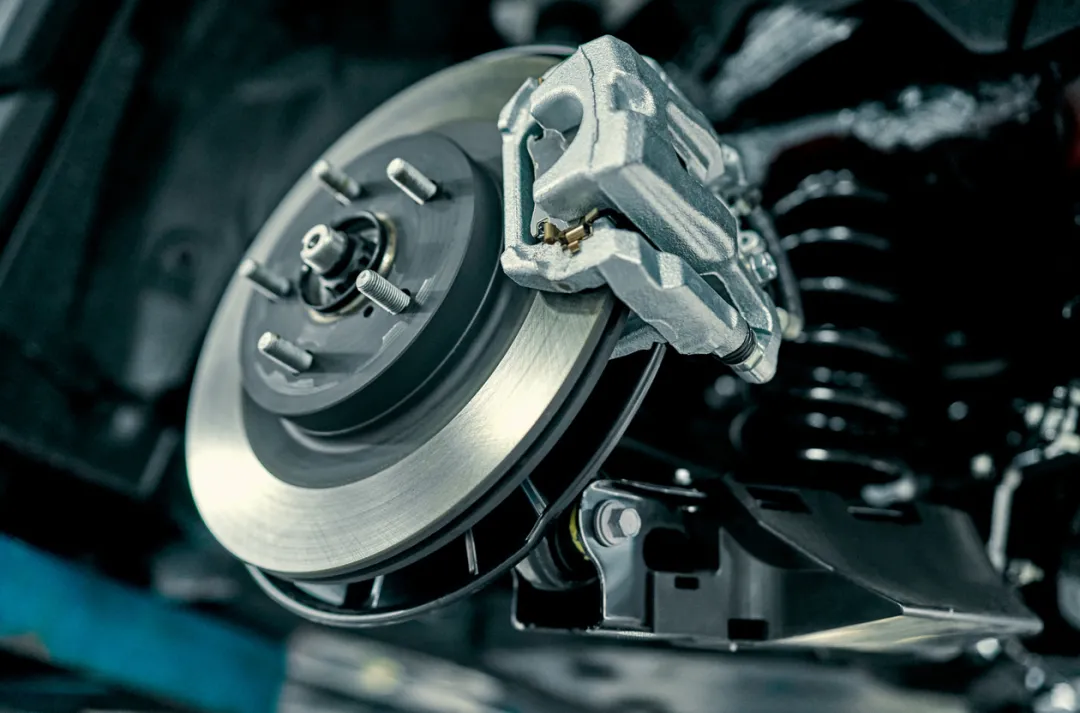*Author: ZL
Recently, several videos have appeared online in which Tesla owners complain of braking failures resulting in collisions with other cars or objects. As the most important safety system in cars, any potential issues with the braking system can understandably make consumers very sensitive.
-
Is it true that Tesla’s braking system fails?
-
What are the differences in braking system design between electric cars and traditional gasoline cars?
-
Why do Tesla owners experience situations where their car won’t stop?
These questions deserve careful study.
Hydraulic Braking Systems Generally Do Not Fail
The architecture of the braking system is essentially the same for both electric and gasoline cars. When the brake pedal is depressed, assisted by power assist, the brake fluid inside the master cylinder drives the brake fluid to actuate the brake caliper and exert pressure on the brake pads and rotor. The kinetic energy of the vehicle is then converted into thermal energy and dissipated into the air through friction.
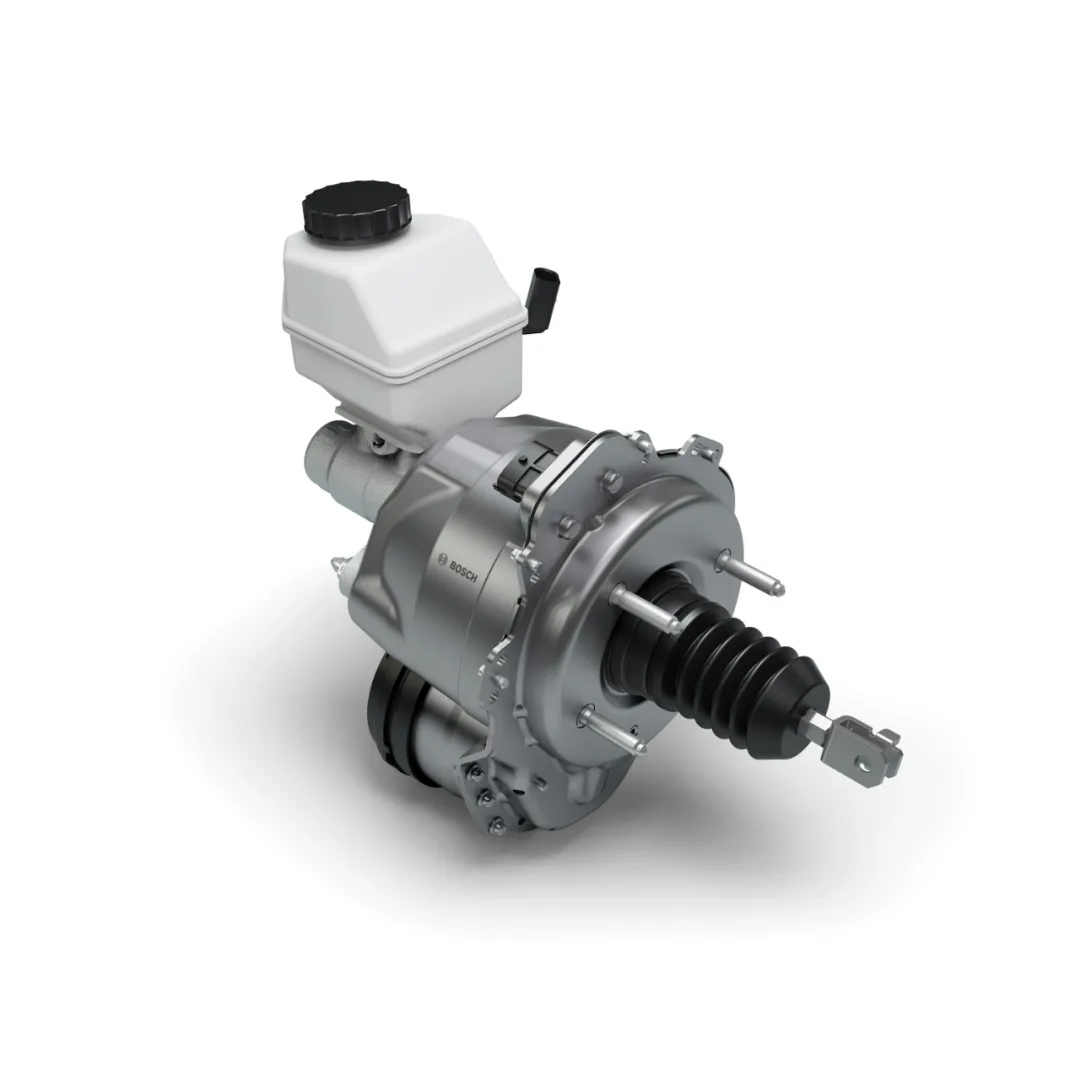
Unlike traditional gasoline cars that use the engine to create a vacuum that powers the vacuum booster, the electric motor of an electric car cannot create a vacuum source by itself. Therefore, devices such as the iBooster must be used to generate a vacuum source and provide brake assist to the driver, reducing the force required on the pedal.
To prevent the driver from having to apply too much force in the event of vacuum assist failure, ECE regulations stipulate that when the braking intensity is 0.3 g and the braking vacuum booster fails, the pedal force must not exceed 500 N.
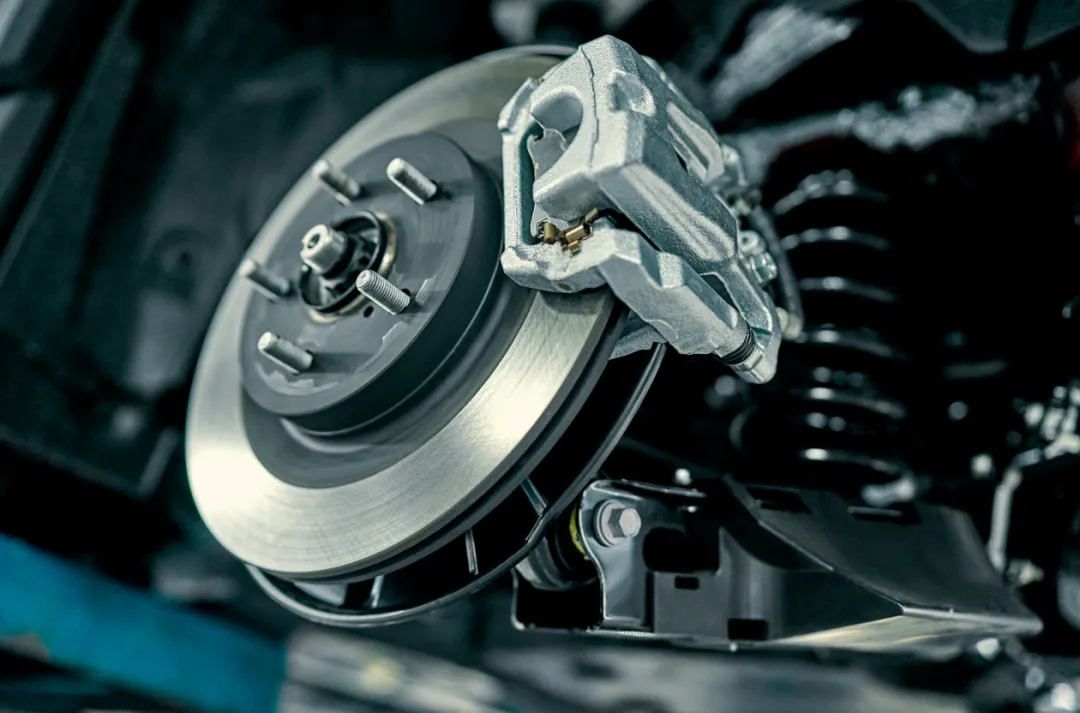
Thus, even if the iBooster fails, the car can still be stopped.
For hydraulic braking systems, the most critical aspect is the brake line. To prevent brake fluid leakage in the brake line, automakers usually use two sets of brake lines arranged in an X shape to ensure that even if one brake line is damaged, the car can still be stopped with the other brake line.
It is only when both brake lines are cut at the same time that brake failure can occur. However, this is easily detected by third-party testing agencies as well as Tesla’s backend driving logs. This scenario is extremely unlikely to occur.
What Happened in the Hainan Video Crash?
If, as Tesla claims, the braking systems of the vehicles involved in the accident were working properly, then we need to analyze why there was still a situation where the car could not be stopped even when the braking system was normal. There are mainly two factors:
-
Road conditions: Is the road surface slippery? Is the coefficient of friction adequate?
-
When applying the brakes, how deep is the driver pressing on the brake pedal?Different road surfaces can result in different coefficient of road adhesion. Taking icy and snowy roads as an example, the coefficient of road adhesion drops significantly, which can also lead to a significantly longer vehicle braking distance. This is understandable, and it also explains why reproducing related accidents requires testing on muddy roads.
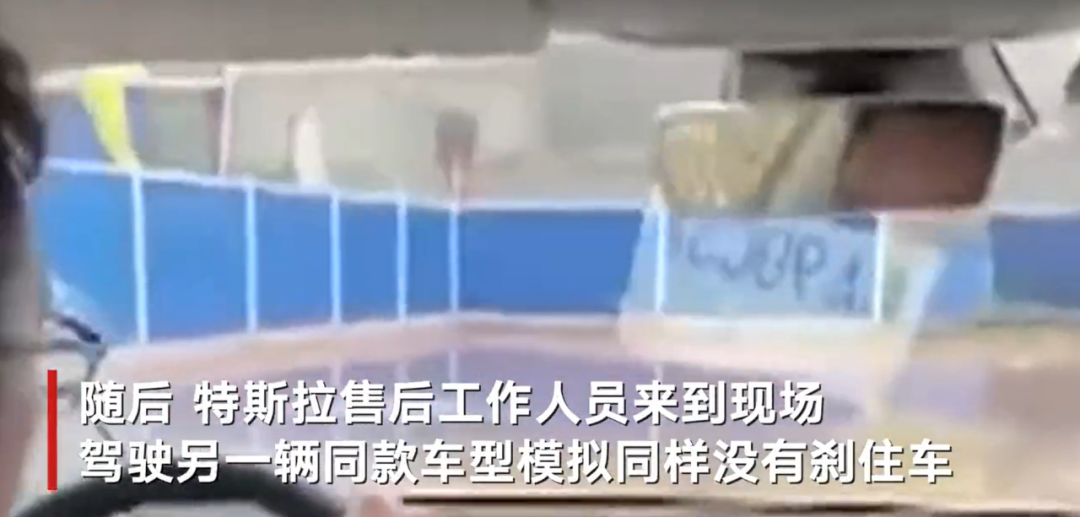
However, compared to wet and slippery roads, there is more uncertainty in the driver’s point braking.
Even at a speed of only 30 km/h, if the driver steps on the brake pedal 1 second later, the distance that the vehicle travels forward can reach 8.3 meters. For drivers, it is still uncertain whether lightly tapping the brake pedal twice can ensure that the braking system has established a certain pressure.
If the point braking cannot establish pressure, wasting 2 to 3 seconds before and after braking is quite normal, which may significantly increase the braking distance and even have a greater impact than wet and slippery roads.
As for the author, it is confusing to tap the brake pedal twice before braking, which may be related to personal driving habits. From the perspective of the several major automakers I have worked for, lightly tapping the brake twice is not typically considered a pre-test item for the braking system.
The issue that consumers have reported: lightly tapping the brake pedal twice and then pressing it harder will cause the braking system to fail, which is likely more related to the iBooster system. However, as mentioned earlier, even if the iBooster system fails, it will not completely reverse the final braking effect.
Does ABS affect braking distance?
ABS, the anti-lock braking system, has become another focus of attention in online media articles.
Under normal circumstances, blindly increasing the hydraulic pressure of the braking system to increase the friction between the brake pads and the brake discs may cause the wheels to lock. If the front wheels lock, the vehicle will lose its steering ability; if the rear wheels lock, the vehicle will experience oversteer, both of which are dangerous scenarios.
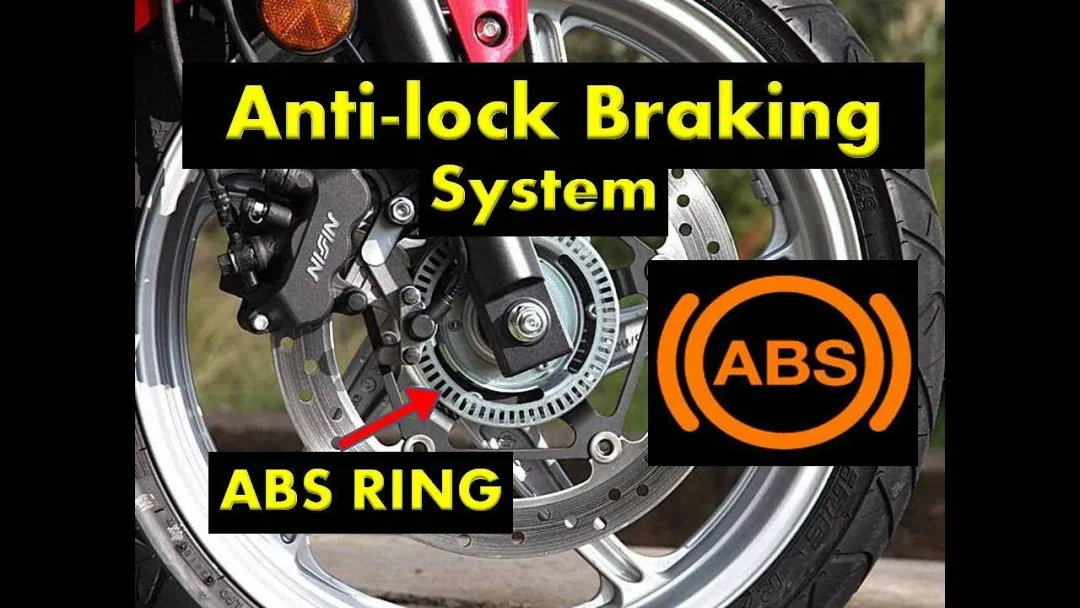
To prevent the wheels from locking, ABS has an unloading and pressure maintaining component in addition to the pressure increasing component. If the braking system is unloaded, the braking force of the vehicle will decrease, resulting in a longer braking distance. This idea, therefore, is biased.
The purpose of the unloading component is to allow the tire to work at the optimal slip ratio and avoid the wheels from locking. When the counterforce on the ground against the direction of the wheel is constant, the longitudinal adhesion coefficient of the ground reaches its greatest value, when the slip ratio is about 15% – 20%, the adhesion force between the tire and the road is the greatest, and the ground braking force is also the greatest, thereby leading to the best braking effect.The claim that ABS activation causes longer braking distance is unfounded, especially in conditions of low road grip such as on icy or wet roads, where the effect of ABS is more evident.
Does Tesla have problems?
Tesla’s biggest problem lies in its communication with the public, as evidenced by the dissolution of its North American PR team.
Cars are complex industrial products composed of tens of thousands of parts. Any oversight in the production process can cause issues that are magnified on the client end. Mainstream car manufacturers such as Volkswagen, General Motors, and Toyota accumulate customer feedback on their vehicle models, continuously improving their products, and creating tens of thousands of design guidelines as a result.
Tesla’s strength lies in its electric powertrain and self-driving software and hardware. However, in terms of traditional automotive engineering experience, it lags behind other manufacturers by a significant margin. Therefore, it is not uncommon for Tesla’s models to experience certain issues. However, it needs to engage in active communication with the outside world to solve these issues.
In the case of brake failure, Tesla can first confirm whether the iBooster is operating normally by accessing its backend logs. In particular, it should investigate complaints from consumers about tapping the brake pedal twice before pressing it deeply to determine if it causes iBooster to malfunction.
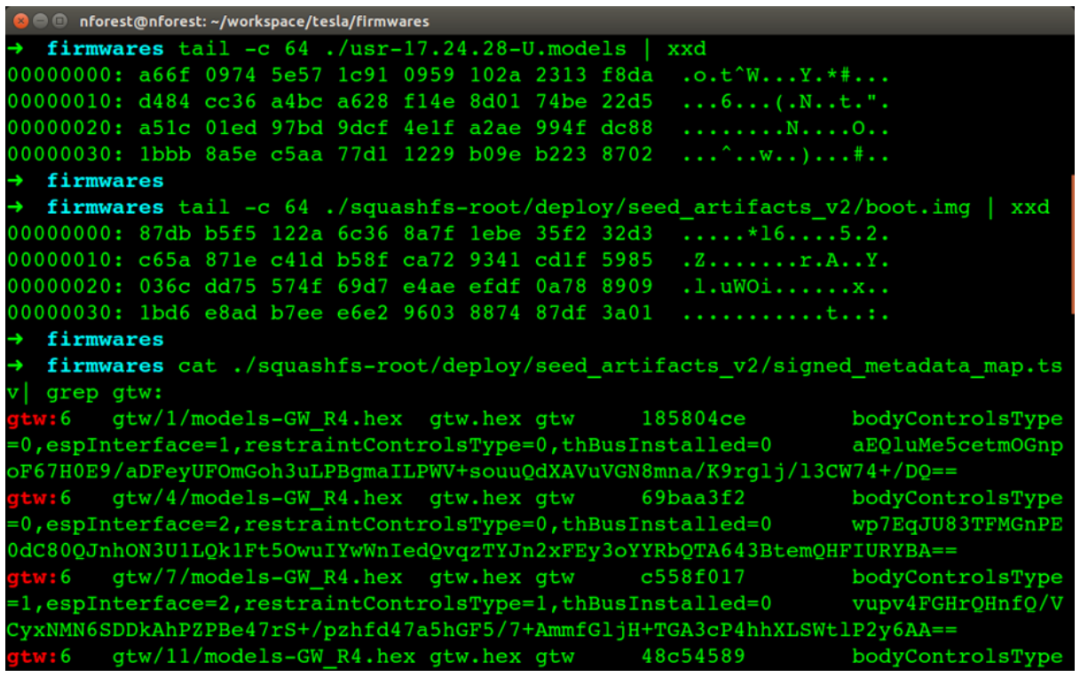
This can be replicated in a short time, whether on a test bench or on a whole vehicle.
If iBooster is found to be faulty, Tesla needs to consider whether the pedal force without vacuum assist is too high, making it difficult for drivers to adapt without prior knowledge and thereby increasing braking distance.
On the one hand, Tesla needs to consider reducing the pedal force under no-assist conditions. On the other hand, it needs to analyze iBooster failure to minimize the likelihood of such failures.
If iBooster is working normally, Tesla can release the relevant data and the videos of the experiments conducted on the test bench or on the whole vehicle, dispelling public doubts and avoiding pointless speculation.
As the saying goes, the higher your profile, the more disputes you face. As the most prominent global car company, Tesla is under scrutiny from its consumers.
None of our car owners can be automotive braking engineers, which requires Tesla to convey professional inspection results to the public with patience as soon as possible, in exchange for maximum customer understanding. Blaming suspension recalls on driving habits or blaming high currents encountered while charging at Tesla’s supercharging stations on the Chinese power grid are all very unprofessional ways to handle such issues.In terms of braking issues, Tesla’s braking engineering team should work with customers to reproduce relevant problems at the earliest possible time, after ruling out hydraulic system failures. Therefore, comparing Tesla’s braking system, Tesla’s problems are more significant in communication with Chinese car owners.
This article is a translation by ChatGPT of a Chinese report from 42HOW. If you have any questions about it, please email bd@42how.com.
